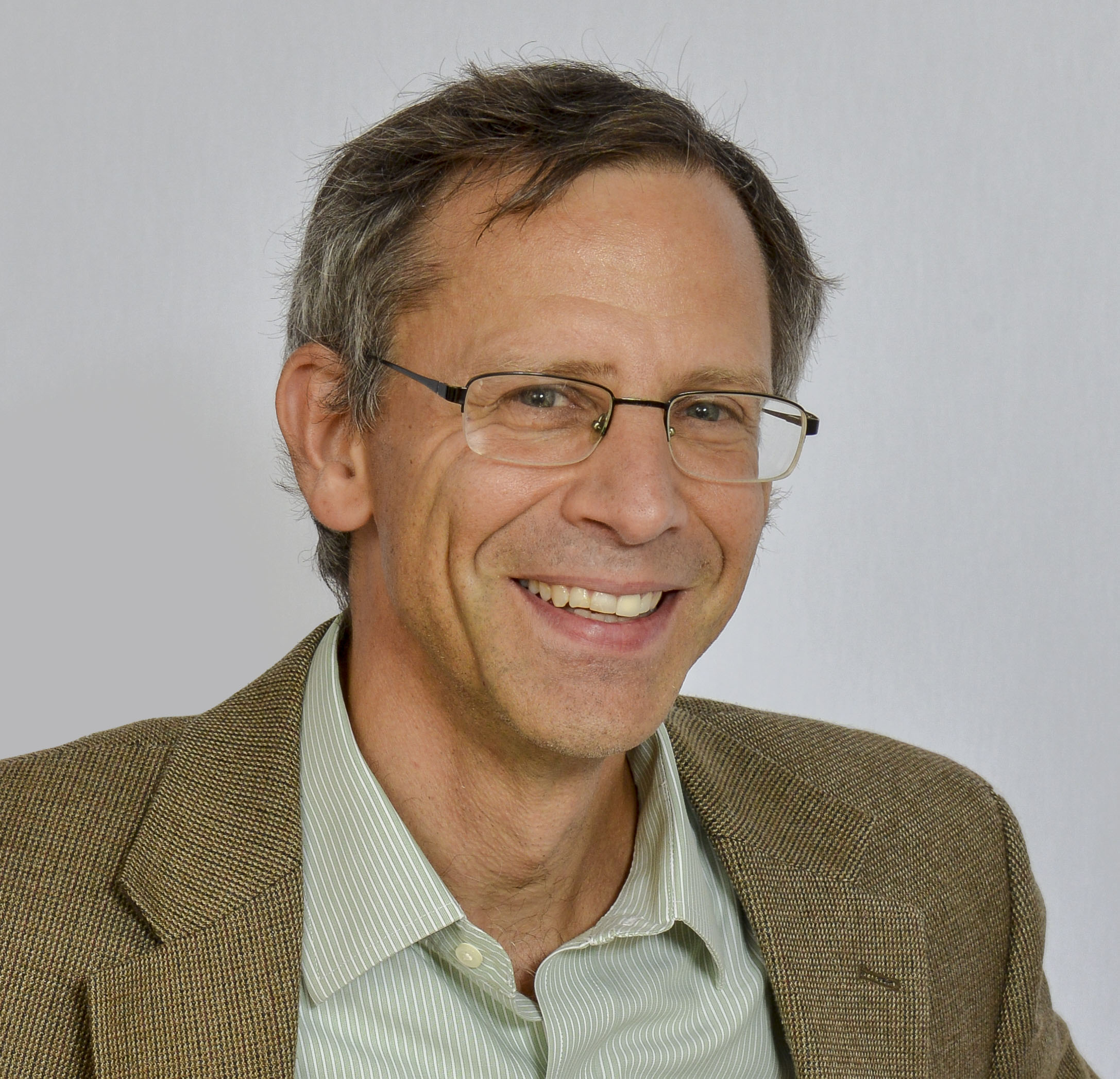
Stephen Blacklow, MD, PhD
Dr. Blacklow is currently the Gustavus Adolphus Pfeiffer Professor and Chair of the Department of Biological Chemistry and Molecular Pharmacology at Harvard Medical School, and a member of the Department of Cancer Biology at the Dana Farber Cancer Institute.
Research led by Dr. Blacklow’s team has shown how cell surface receptors can convey a developmental signal directly from one contacting cell surface to the next and then from the membrane to the nucleus. He has elucidated key molecular events in Notch signal transduction, a conserved cell-cell communication system that influences cell fate decisions in all metazoan organisms, and that is frequently hijacked as an oncogenic driver in human leukemia. His research on the Notch pathway has led to the development of new investigational therapies for hematologic malignancies such as T cell acute lymphocytic leukemia (ALL).
Dr. Blacklow was a recipient of the National Cancer Institute’s prestigious Outstanding Investigator Award in 2017, and elected to the Association of American Physicians in 2018. Dr. Blacklow directed the MD-PhD Program in Basic and Translational Sciences at Harvard Medical School and has served on Advisory Committees for pre-clinical departments, graduate programs, and MD-PhD programs at several major research universities and institutions, including Stanford, the University of Pennsylvania, and the Memorial Sloan Kettering Cancer Center.
Dr. Blacklow received his MD and PhD degrees from Harvard University in 1991, completed his residency in Clinical Pathology at Brigham and Women’s Hospital, and carried out postdoctoral research at the Whitehead Institute with Dr. Peter S. Kim.
CellPress
View full abstract on Pubmed
CellPress
View full abstract on Pubmed
Glycobiology
View full abstract on Pubmed
J Biol Chem
View full abstract on Pubmed
PLoS One
View full abstract on Pubmed
Genes Dev
View full abstract on Pubmed
J Biol Chem
View full abstract on Pubmed
Nat Struct Biol
View full abstract on Pubmed
JAMA
View full abstract on Pubmed